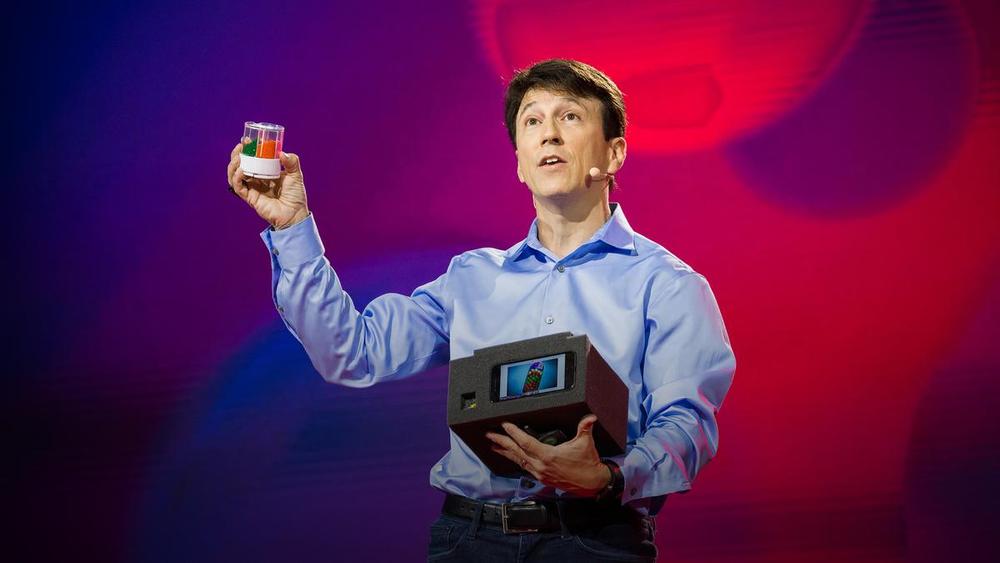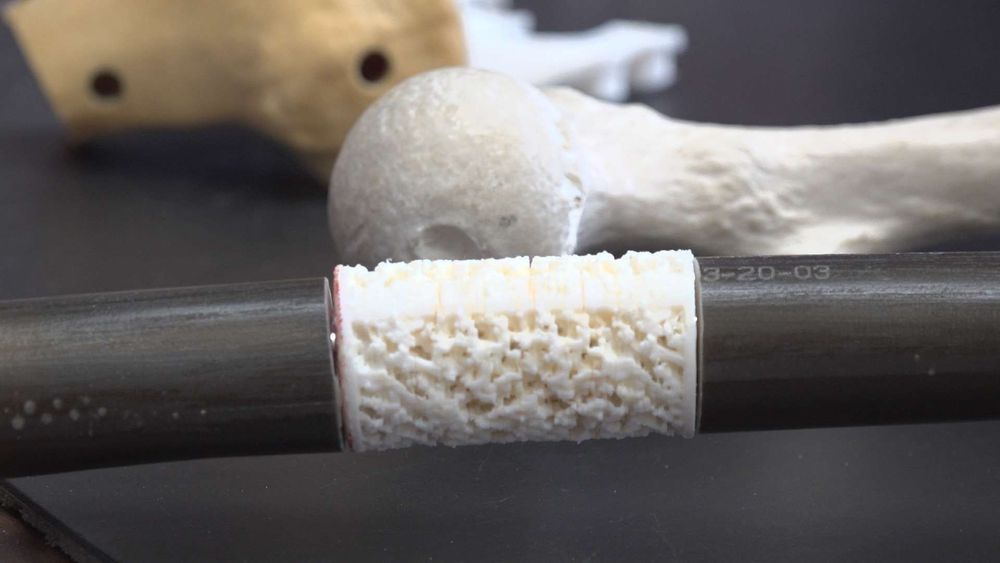New research from MIT has resulted in a microfluidic device, the tumor analysis platform (TAP), that can simulate different cancer treatments on biopsied tumor tissue. The TAP device can be 3D printed within one hour and is slightly larger than a quarter. Three cylindrical shafts rise from the surface of the device and serve as ports to input and drain fluids, as well as remove air bubbles. Fluid—including various media, fluorescent markers, or lymphocytes—gets injected into an inlet port adjacent to the trap. The fluid enters through the inlet port and flows past the trap.
A new 3D-printed device from MIT researchers allows for the testing of different cancer treatments on live tumor tissue outside the human body.







